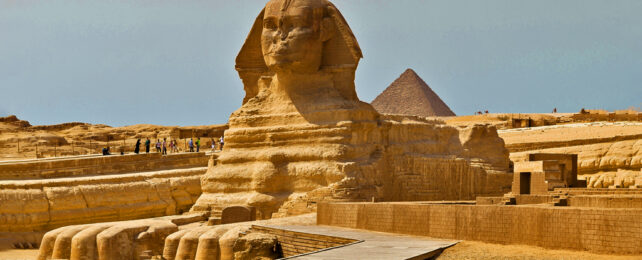Before ancient Egyptians refined the Great Sphinx of Giza, natural forces may have helped carve the iconic monument's massive feline shape out of a single mass of limestone.
Fluid dynamics experiments reveal the structure's 'reclined lion' shape could have been carved not by human hands, but fast-flowing wind.
"Our findings offer a possible 'origin story' for how Sphinx-like formations can come about from erosion," says experimental physicist and applied mathematician Leif Ristroph from New York University.
"Our laboratory experiments showed that surprisingly Sphinx-like shapes can, in fact, come from materials being eroded by fast flows."
Speculation over nature's hand in carving the Sphinx isn't new. As far back as the 1950s, it's been suggested the statue's body may have been weathered by ancient waters.
While there is sufficient evidence to discount the possibility of rains or floods being responsible, other experts have suggested wind – though less powerful – may have scoured the overall shape out of the right mix of rocks.
This idea dates back to the early 1980s, with a scenario suggested by a former NASA geologist named Farouk El-Baz.
"The ancient engineers may have elected to reshape its head in the image of their king," wrote El-Baz in 2001. "They also gave it a convincingly lion-like body, inspired by forms they encountered in the desert. To do so, they had to dig a moat around the natural protrusion."
Ristroph and colleagues washed chunks of clay containing a mixture of soft and hard bits in fast-flowing streams of water to replicate the wind's force to see what shapes would emerge.
They based the water's movements on conditions in the area 4,500 years ago (the Sphinx's contentious age), and used dye to help track the dynamic flows around the eroding clay.
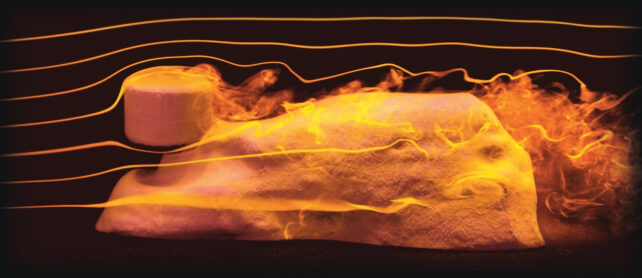
The resulting shapes resemble yardangs, contorted hunks of stone seen in many desert regions where winds scoop up sands to hurl at every obstacle. Eventually, this sandblasting can shape even the hardest and most massive rock formations into convoluted structures.
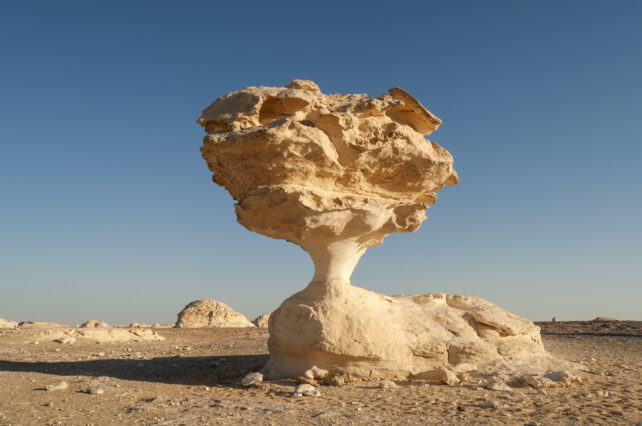
"There are, in fact, yardangs in existence today that look like seated or lying animals, lending support to our conclusions," says Ristroph.
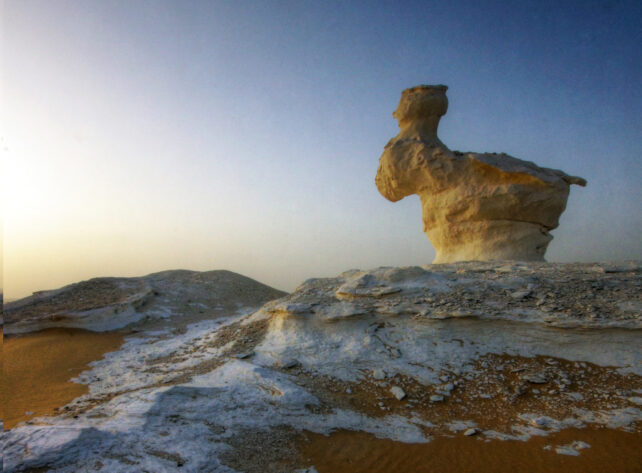
The irregular juts, nooks, curves, and textures of yardangs are designed by a combination of wind strength, angle, and frequency, as well as the composition of the stone: softer parts of the rock erode first leaving randomly shaped harder parts exposed to divert the wind flows.
In the Sphinx's case, faster flows were funneled together by the harder 'head' and 'paws' to hit the deepest carved prevailing-wind-facing part of the limestone monolith – the 'neck' – before the air streams split to flow around the big cat shoulders.
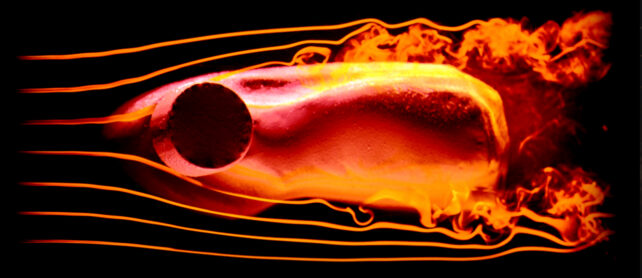
"These compounding effects could explain the locally high shear stress and high erosion rate just under the head and hence why strong carving digs the neck and reveals the paws," the researchers explain in their paper.
The Sphinx's erosion continues today.
As El-Baz had previously pointed out, without a deep understanding and influence of nature the marvels that are the Egyptian monuments would not have survived their harsh environment for long.
"Had the ancients built their monuments in the shape of a cube, a rectangle, or even a stadium," El-Baz noted, "they would have been erased by the ravages of wind erosion long ago."
Instead, the impressive structure still towers 20 meters (66 feet) high and about 73 meters long, having far outlasted the knowledge of its intended meaning.
This research has been published in Physical Review Fluids.
